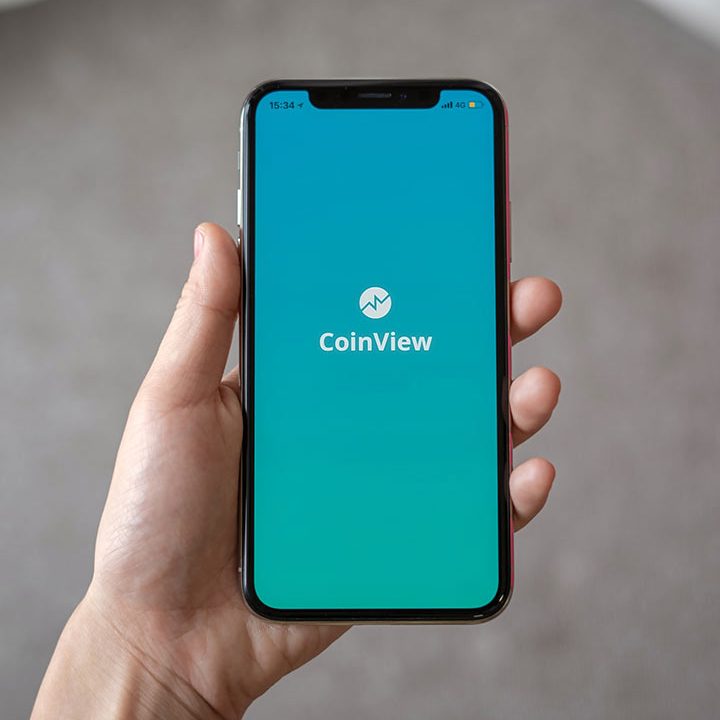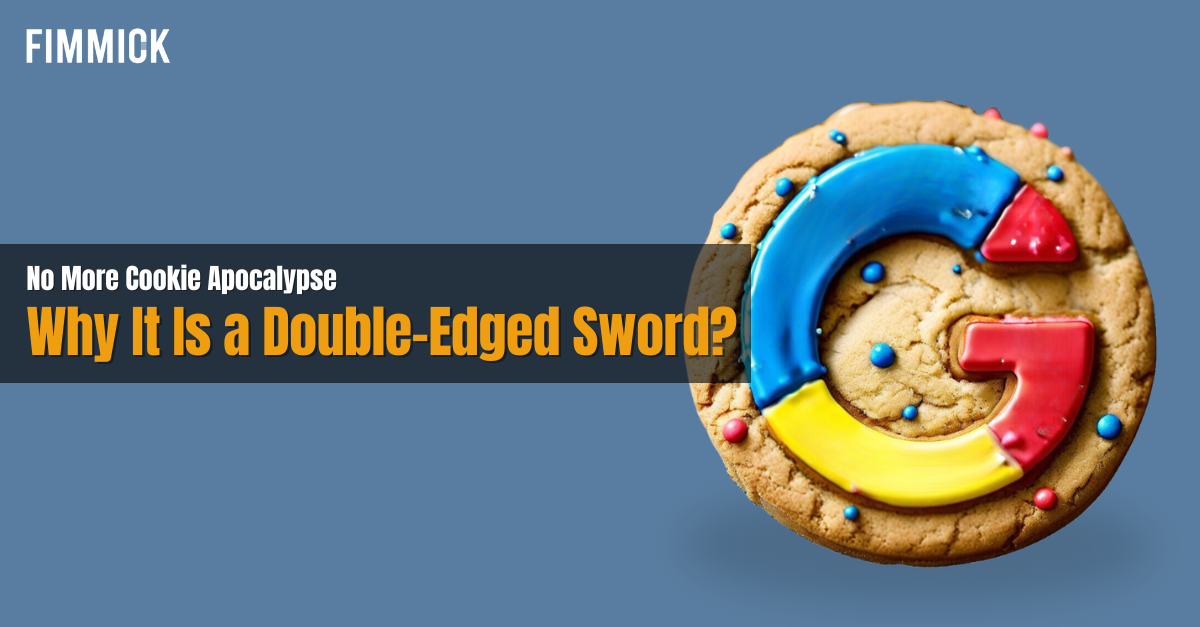Google : No Cookie Apocalypse – Why Google’s Decision Is a Double-Edged Sword
Reading Time: 5 mins
In a recent announcement, Google revealed it will not be phasing out third-party cookies from its Chrome browser in 2024, halting the anticipated and dreaded “cookie apocalypse.” While this might seem like welcome news for the advertising industry at first glance, the reality is more nuanced and potentially presents even more significant challenges.
Google's Announcement
"We developed the Privacy Sandbox with the goal of finding innovative solutions that meaningfully improve online privacy while preserving an ad-supported internet that supports a vibrant ecosystem of publishers, connects businesses with customers, and offers all of us free access to a wide range of content… Early testing from ad tech companies, including Google, has indicated that the Privacy Sandbox APIs have the potential to achieve these outcomes. At the same time, we recognize this transition requires significant work by many participants and will have an impact on publishers, advertisers, and everyone involved in online advertising… In light of this, we are proposing an updated approach that elevates user choice. Instead of deprecating third-party cookies, we would introduce a new experience in Chrome that lets people make an informed choice that applies across their web browsing, and they’d be able to adjust that choice at any time."
Key Takeaways from Google's Announcement
1. Google has abandoned its plan to eliminate third-party cookies. This means the technology will remain supported beyond the initial 2024 deadline.
2. Google is developing a “new Chrome experience” to give users greater control over how their data is shared across websites. This experience is expected to function similarly to Google’s Consent Mode but will be applied to a user’s overall browsing behaviour rather than requiring consent on each website.
Explore Further: What is Google Consent Mode ?
3. Despite facing criticism and development hurdles, Google remains committed to its Privacy Sandbox initiative. The Privacy Sandbox API aims to provide an alternative to third-party cookies for privacy-centric ad targeting and measurement. However, due to recent setbacks, it is unlikely to replace third-party cookies fully in its current iteration.

Why Google Changed Course on Third-Party Cookies: A Privacy Balancing Act
Google’s unexpected decision to abandon the demise of third-party cookies reflects the complex realities of balancing user privacy with the needs of the digital advertising ecosystem.
The move comes amidst a growing emphasis on user privacy, fueled by stricter regulations like GDPR and the Digital Markets Act (DMA) and privacy-focused features like Apple’s App Tracking Transparency. Browsers like Safari and Firefox that block third-party cookies by default also put additional pressure on the ad-reliant Google.
As a result, Google has been actively seeking alternatives to third-party cookies that can balance the need for effective online advertising with user privacy. Unfortunately, their initial attempt, Federated Learning of Cohorts (FLoC), faced criticism and proved unworkable. IT later became Topics API within the Privacy Sandbox.
Google’s second attempt, the Privacy Sandbox, aims to create a privacy-centric framework for ad targeting. Unfortunately, initial testing with the Privacy Sandbox has encountered massive resistance from publishers and web developers. This pushback and the broader privacy landscape have seemingly led to Google’s decision this week.
Explore Further: What is FLoC?
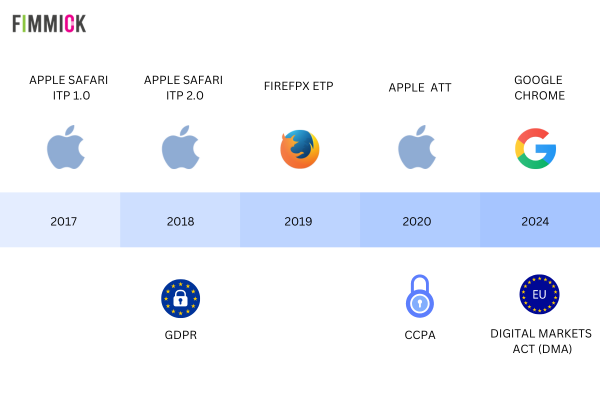
Google's Cookie Conundrum: A Mixed Bag for Brands and Advertisers
While Google’s extension of third-party cookie support might seem like a reprieve for advertisers, the reality is more complex. Yes, many brands still rely heavily on these cookies for tracking, measurement, and audience targeting. However, Google’s simultaneous emphasis on user control significantly changes the game.
The crucial shift is that a user’s decision to allow or block tracking on one website will now apply to all websites. A single negative experience could lead to a user blocking monitoring across the board, rendering third-party cookies largely ineffective. We can anticipate:
Reduced Tracking Effectiveness: Accurately tracking ad performance and attributing conversions will become more difficult.
Less Precise Targeting: Building detailed audience profiles for targeted advertising will be hampered.
The potential impact is not theoretical. Apple’s first App Tracking Transparency (ATT) rollout in 2021, in which users overwhelmingly opted out of tracking, provides a stark precedent. Google’s move signals a future where reliance on third-party cookies alone is no longer a viable strategy for advertisers.
What Should Brands Do?
1. Prioritise First-Party Data
First-party data, collected directly from customers through interactions, website visits, and transactions, is more crucial than ever. Brands should prioritise building their own first-party data strategies to gain greater control over their marketing efforts and reduce reliance on third-party data sources.
Explore Further: What is 1st, 2nd, and 3rd Party Data?

2. Embrace Server-Side Tracking
Server-side tracking bypasses browser restrictions by shifting data collection to a website’s server, ensuring greater accuracy and completeness. Solutions like FIMMICK TrackingMax provide reliable data tracking of website visits and user behaviour within a brand’s domain, offering valuable insights for marketing decisions.
Explore Further: What is Server-side Tracking?
3. Leverage Contextual Targeting
Contextual targeting focuses on aligning ads with relevant content rather than targeting specific users. Ads appear on websites related to the product or service offered, increasing the likelihood of reaching interested customers and driving conversions. Platforms like FIMMICK MediaMax enable brands to connect with relevant audiences based on shared interests and contextual relevance, reducing reliance on individual user data.
Explore Further: What is Contextual Targeting?
Related Solutions
Related Article

SEO: 6 Steps to Boost Domain Authority – A How-To Guide
Domain authority is what gets you higher rankings, more organic traffic, and ultimately, more customers. Here’s our 6 steps how-to guide.
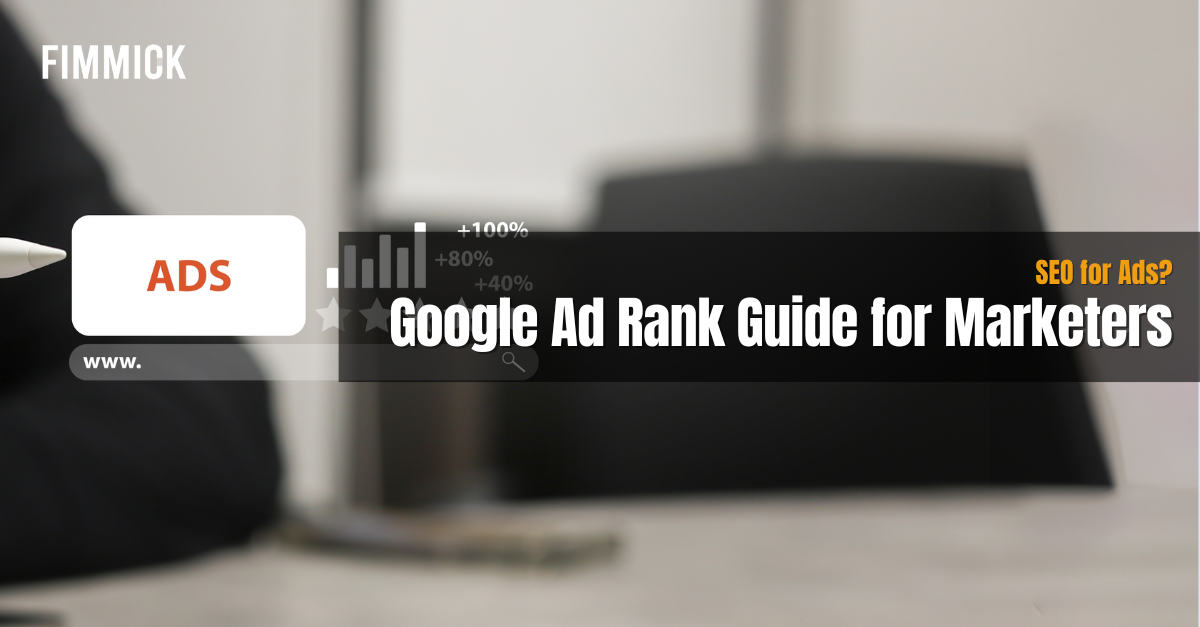
Online Ads: SEO for Ads? Google Ad Rank Guide for Marketers
Think ads can guarantee you a top spot on search? Think again. Learn what is Google Ad Rank and how to run a successful Google Ads campaign.
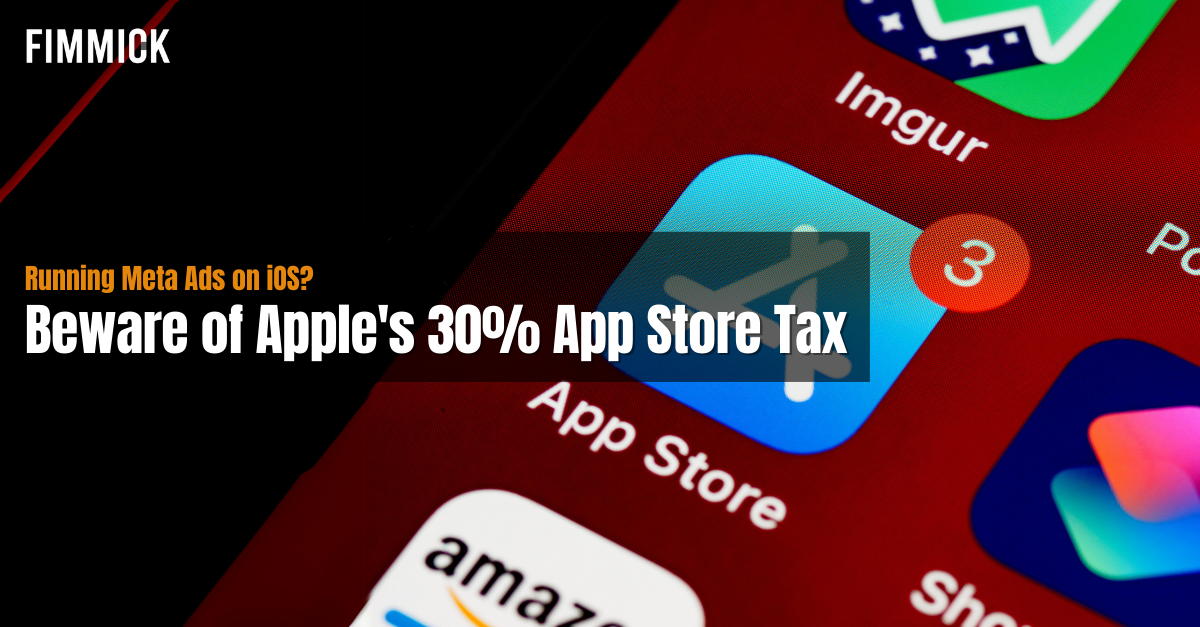
SMB: Running Meta Ads on iOS? Beware of Apple’s 30% App Store Tax
Watch out for the “Apple Tax” – a 30% commission fee that could quietly drain your ad budget. Learn how to protect your marketing budget now!







